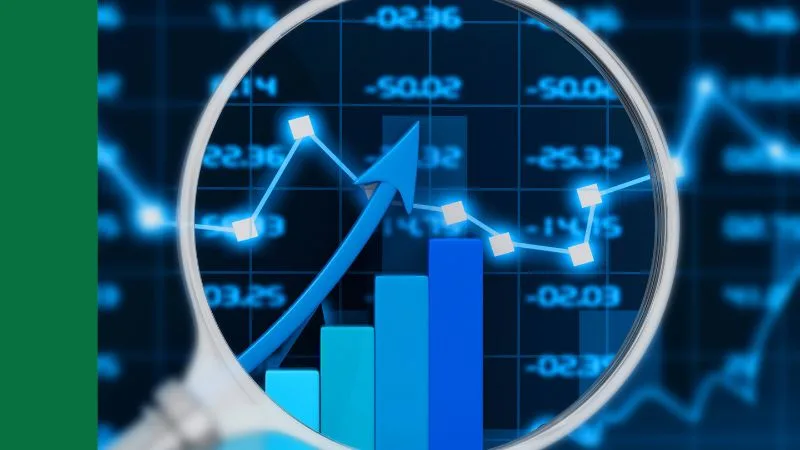COL share price in focus
Coles is an Australian retailer offering a wide range of everyday products, including fresh food, groceries, general merchandise, liquor, fuel, and financial services. Founded in 1914 in Victoria, which remains its home base, Coles has been a prominent player in the Australian retail sector for over a century.
Previously owned by Wesfarmers from 2007 to 2018, Coles became a standalone entity when it was spun off and listed on the ASX under the ticker symbol ‘COL’. While the supermarket division is the primary source of earnings, Coles also owns or operates several related businesses, including flybuys, Liquorland, First Choice, Vintage Cellars, and Coles Express.
Although often seen as the ‘smaller sibling’ to Woolworths, Coles holds a significant share of the Australian grocery market, accounting for around 28%. Since becoming a separate listed company, Coles has earned a reputation as a reliable dividend payer.
The key metrics
For investors, COL’s revenue, gross margin, and profit can provide valuable insights into the company’s performance.
COL last reported an annual revenue of $43,684m with a compound annual growth rate (CAGR) over the last 3 years of 3.9% per year. While the absolute number is useful to know, the key point is the trend. We want to see a consistent, upward trajectory in revenue.
Gross margin measures profitability before taking into account overhead costs – it reflects the strength of the company’s core business operations. COL’s latest reported gross margin stood at 26.1%.
Finally, the number we’re most interested in – profit. Last financial year Coles Group Ltd reported a profit of $1,118m. Three years ago they made a profit of $1,005m, representing a CAGR of 3.6%.
Financial health of COL shares
Profitability is important, but equally important is the capital health of the company. We want to know about the company’s leverage, their capacity to pay debts, and their ability to generate a return on assets. One measure we can look at is net debt. This is simply the total debt minus the company’s cash holdings.
Coles Group Ltd’s net debt currently sits at $9,394m. Higher debt levels can increase sensitivity to interest rate changes and economic cycles.
Another figure we can look at is the debt/equity percentage. This tells us how much debt the company has relative to shareholder equity – this is also known as leverage. COL has more debt than equity, with a debt/equity ratio of 278.4%. This level of leverage isn’t necessarily alarming if the company has stable revenue and cash flow, but it does introduce more risk.
Finally, we can look at the return on equity (ROE). The ROE tells us how efficiently the company is turning shareholder equity into profit – high numbers indicate the company is generating a lot of value for investors, while a low number raises concerns that capital isn’t necessarily being allocated efficiently. COL generated an ROE of 32.4% in FY24.
What to make of COL shares?
COL has a solid ROE and profits are trending upwards, so it could be a company worth keeping an eye on in 2025. However, revenue growth has been low.
Please keep in mind this should only be the beginning of your research. Company quality is one thing, but making sure the valuation is reasonable is another entirely. There are many ways you can try to value a company. If you want to learn more about share price valuation, you can sign up for one of our many free online investing courses.






